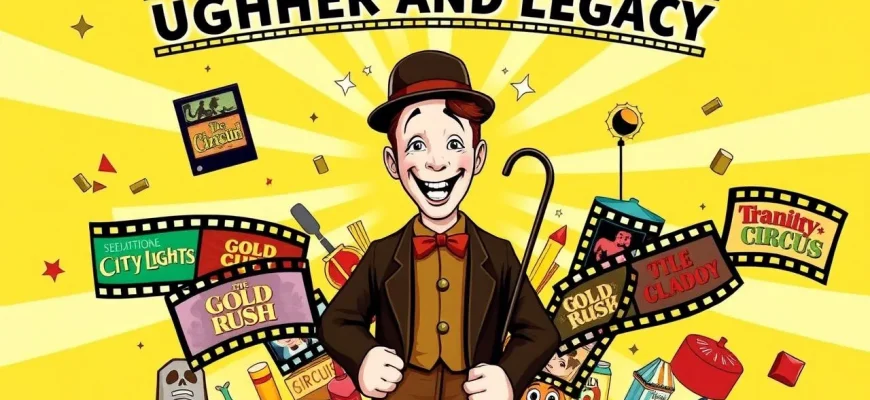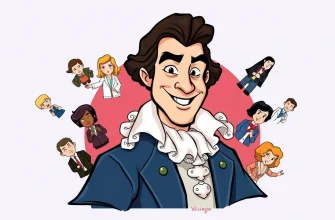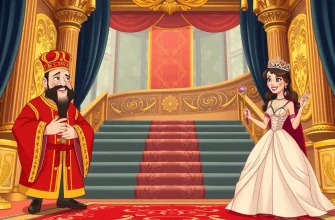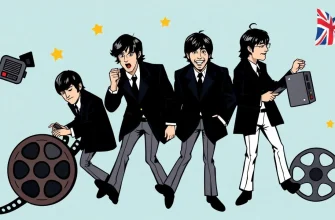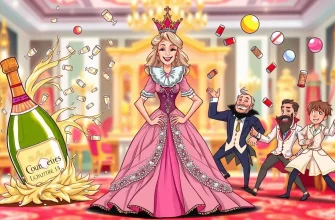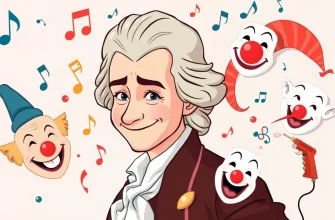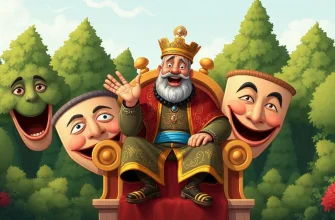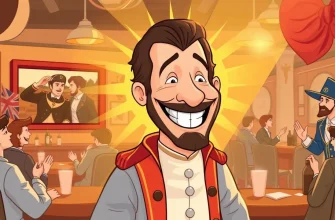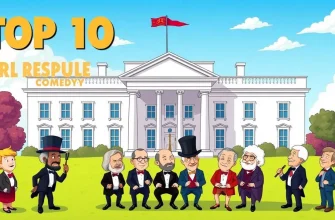Charlie Chaplin, an icon of silent cinema, has left an indelible mark on the world of comedy with his unique blend of physical humour, social commentary, and emotional depth. This collection showcases ten of his most celebrated films, each offering a glimpse into the genius of Chaplin's work. These films not only entertain but also provide a historical perspective on early 20th-century cinema, making them invaluable for both cinephiles and casual viewers alike.
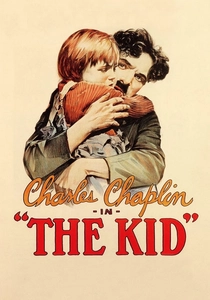
The Kid (1921)
Description: This film marks Chaplin's first full-length feature where he explores themes of poverty, love, and the bond between a tramp and an abandoned child, showcasing his ability to blend comedy with poignant storytelling.
Fact: The film was inspired by Chaplin's own childhood experiences, and it was one of the first films to use the technique of parallel editing.
 Watch Now
Watch Now
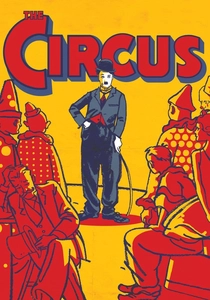
The Circus (1928)
Description: The Tramp finds himself in a circus, leading to a series of comedic mishaps, but also showcasing Chaplin's ability to evoke sympathy for his character.
Fact: During filming, Chaplin faced numerous personal challenges, including a divorce and a lawsuit, which influenced the film's production.
 Watch Now
Watch Now
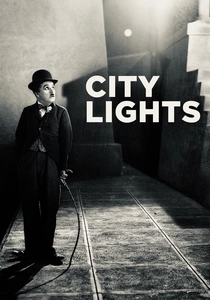
City Lights (1931)
Description: A timeless classic where Chaplin's Tramp falls in love with a blind flower girl, offering a mix of slapstick comedy and heartfelt drama, highlighting his mastery in both genres.
Fact: Despite being released after the advent of sound in cinema, Chaplin chose to make this film silent, believing that the Tramp's character was best expressed without words.
 Watch Now
Watch Now
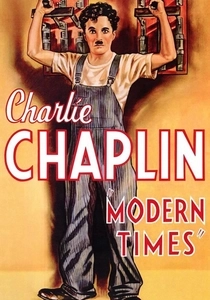
Modern Times (1936)
Description: This film critiques the dehumanizing effects of industrialization, with Chaplin's Tramp struggling with the assembly line, providing both laughs and a social message.
Fact: It was the last time Chaplin portrayed the Tramp character, and it includes his first spoken dialogue, albeit nonsensical.
 Watch Now
Watch Now
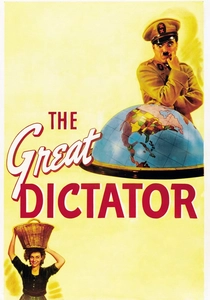
The Great Dictator (1940)
Description: A bold political satire where Chaplin plays both a Jewish barber and a dictator resembling Adolf Hitler, using comedy to make a profound statement against fascism.
Fact: This was Chaplin's first true sound film, and it includes his famous speech advocating for peace and humanity.
 Watch Now
Watch Now
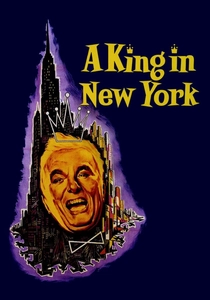
A King in New York (1957)
Description: Chaplin satirizes McCarthyism and the Red Scare, playing a dethroned monarch who becomes a target of American anti-communist hysteria.
Fact: This was one of Chaplin's last films, reflecting his own experiences with political persecution in the United States.
 Watch Now
Watch Now
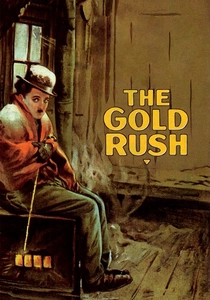
The Gold Rush (1925)
Description: Set during the Klondike Gold Rush, this film features some of Chaplin's most iconic scenes, like the dance of the bread rolls, showcasing his comedic timing and physical comedy.
Fact: Chaplin re-released the film in 1942 with a new musical score and narration, making it one of the first films to be re-released with sound.
 30 Days Free
30 Days Free
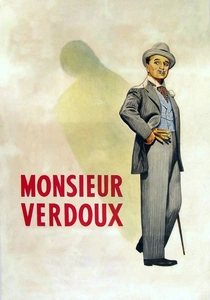
Monsieur Verdoux (1947)
Description: A dark comedy where Chaplin plays a charming but murderous bigamist, offering a satirical take on marriage and capitalism.
Fact: The film was inspired by the real-life story of Henri Désiré Landru, a French serial killer.
 30 Days Free
30 Days Free
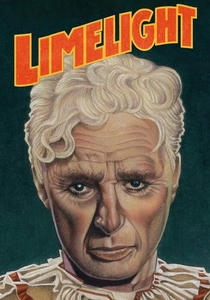
Limelight (1952)
Description: A semi-autobiographical film where Chaplin plays an aging music hall comedian, reflecting on his own career and the changing times in entertainment.
Fact: This film was Chaplin's last major work in the United States before he moved to Europe due to political pressures.
 30 Days Free
30 Days Free
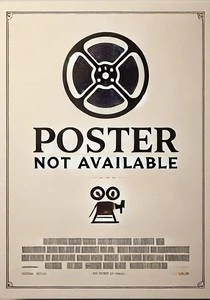
A Woman of Paris (1923)
Description: Although not a comedy, this film is included for its significance in Chaplin's career, where he steps away from his Tramp persona to direct a drama about love and betrayal.
Fact: Chaplin does not appear on screen in this film, focusing instead on directing, which was a bold move at the time.
 30 Days Free
30 Days Free

